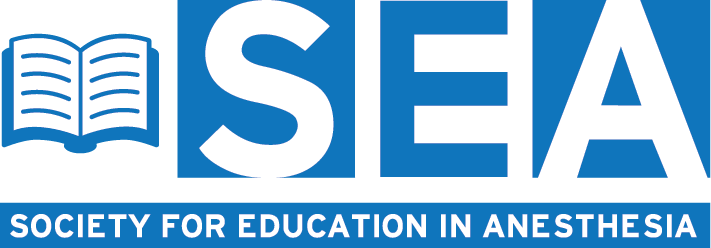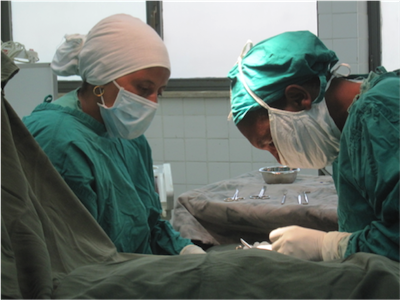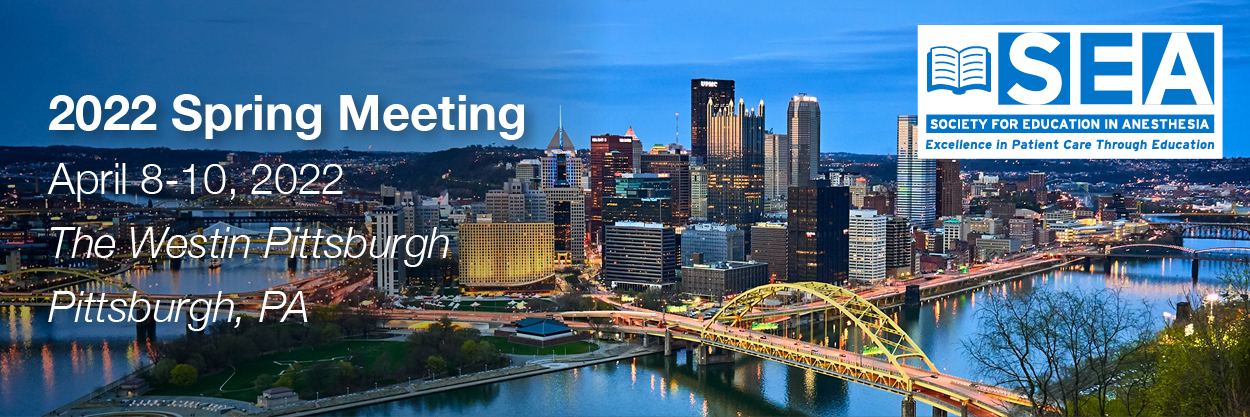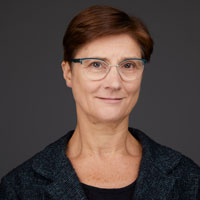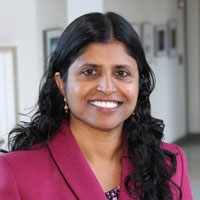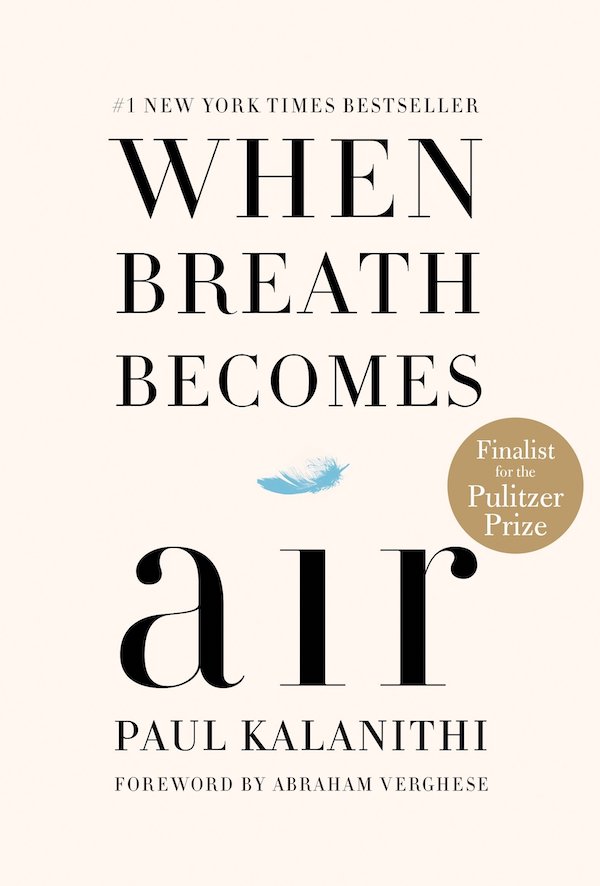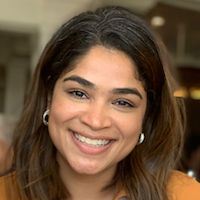 Sukhman Shergill, MD |
In the realm of medicine, I see a myriad of heroes don invisible capes as they strive relentlessly to improve lives. Their stories of compassion, humility and resilience stirred me as I took a front row seat to these chronicles during medical school in India and residency training in the United States. They inspired me to be part of something greater, a purpose that transcended hospital walls and touched lives far and wide. When the opportunity of the SEA-HVO global health traveling fellowship presented itself, I felt that perhaps this could be what I had been looking for. With anticipation and excitement, I prepared for the journey. However, a lingering question remained in the back of my mind – how much of a difference could one person really make?
My adventure was off to a rocky start. While navigating through connecting airports in Vietnam, I almost lost my luggage due to a miscommunication. Thankfully, I avoided having to repeat outfits through the skills learned in residency, of keeping calm while my brain was flooded with adrenaline, helped along by the immense kindness of strangers in this new land. Exhausted yet brimming with enthusiasm, I finally reached my destination, ready to wholeheartedly embrace whatever adventures the next four weeks had in store.


 Let’s keep this short & sweet! We want to provide SEA members with quarterly newsletters that contain educational, inspiring, and interesting pieces. If you have an idea for a submission, or an author, and want to share, please email
Let’s keep this short & sweet! We want to provide SEA members with quarterly newsletters that contain educational, inspiring, and interesting pieces. If you have an idea for a submission, or an author, and want to share, please email 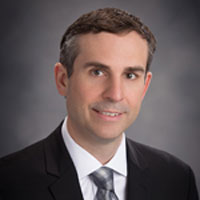 Growth and Renewal in 2023
Growth and Renewal in 2023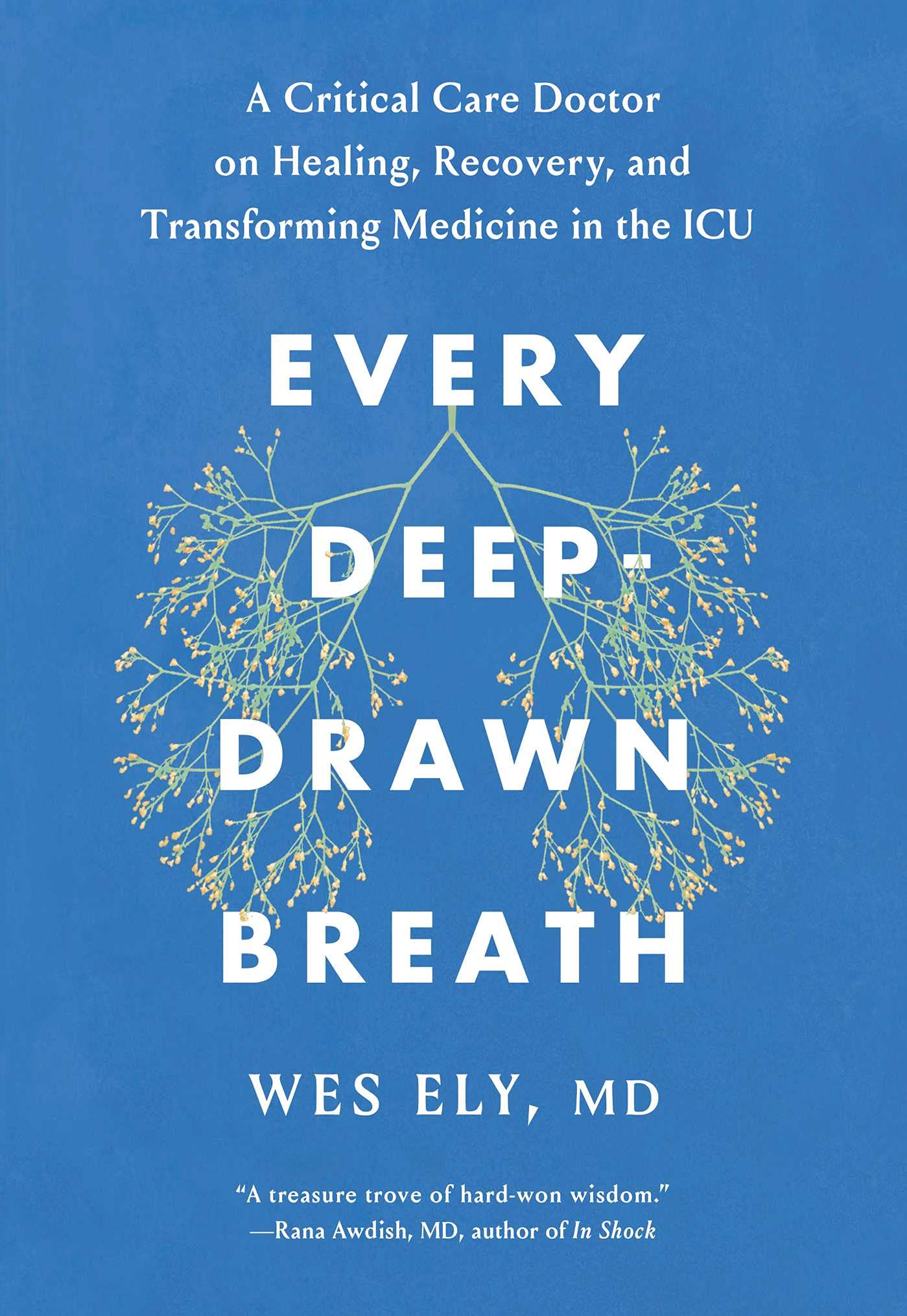
 As 2022 draws to a close and I am charged with writing my first President's message for the SEA. At this time of year, I find it best to express gratitude, do a bit of reflection, and set some resolutions for the new year.
As 2022 draws to a close and I am charged with writing my first President's message for the SEA. At this time of year, I find it best to express gratitude, do a bit of reflection, and set some resolutions for the new year.
